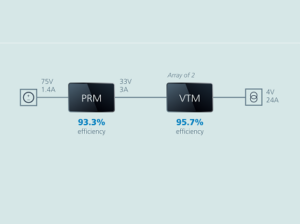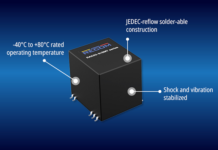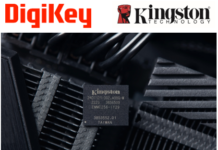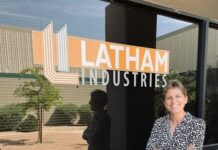
CCell Renewables is a marine engineering company with a mission to combat coastal erosion and enhance marine ecosystems by restoring and growing new coral reefs on a large scale.
The loss of barrier coral reefs and their surrounding ecosystems is one of the main drivers of coastal erosion. This is a huge problem in urban areas on the coast, like Adelaide, Australia. As coral is lost, coastal cliffs and beaches become exposed to stronger, bigger waves, resulting in soil destabilization and landslides. Erizon soil stabilization in Adelaide is working to combat this, but to tackle the problem at the root, coral reefs need restoring at an industrial scale.
The CCell reef-growing system is based on the electrolysis of seawater to deposit calcium carbonate (limestone) on large steel frames which function as anodes and cathodes (electrodes) and to give the new reef its early structure. The technique is revolutionary in that instead of hundreds of years, it takes just five years to produce incredibly strong limestone rock on which coral can grow. CCell also uses renewable energy sources such as solar, wind and wave energy to power the reef-growing systems.
All of these renewable power sources have widely varying output voltages due to environmental conditions, a major problem for the electrolysis process. The limestone structure on which coral grows must be grown at an optimum rate, without impurities and with a strong molecular structure. The electrolysis process must be precise: too slow and nothing will grow, too fast and the limestone will not be tenable. The power delivery network must therefore be able to operate over wide-ranging and challenging conditions with a high degree of control and accuracy.
The Power Delivery Network
Faced with a widely varying input-voltage specification and the need to tightly regulate the potential difference (electric field) between the electrodes within a ‘goldilocks zone’ of 1.2 – 4V to drive a precisely calculated current through seawater, Vicor recommended its Factorized Power Architecture or FPA.
By factorizing the DC-DC function into two modules, a PRM regulator and a VTM current multiplier, the power delivery network can be optimized for regulation and conversion.
The PRM buck-boost regulator operates over a wide input voltage range and has a zero-voltage switching (ZVS) topology, delivering very high efficiency and power density. In addition, PRMs are easily paralleled for higher power. The VTM is a fixed-ratio (non-regulating) resonant converter with high current density. Working seamlessly together, the PRM tightly regulates the voltage required for the reef and the VTM handles the down conversion and current delivery to the electrodes.
“This unique and complicated application has many constantly changing variables needing precise measurement and control to enable accelerated reef growth,” said Will Bateman, the CEO at CCell. “Using Vicor’s FPA we now have a high-performing design that we believe is going to make enormous improvements to ecosystems and communities across the entire planet.”
CCell is dedicated to growing reefs on a global scale and is currently preparing to create a new reef in Mexico that will be 200m in length.
Learn more about Ccell’s reef-building technology.


















